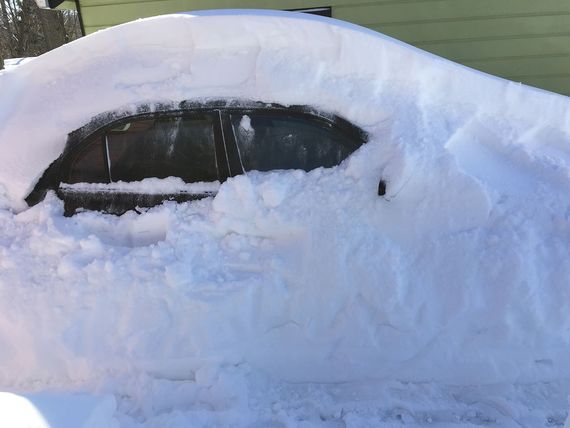Heavy snowfall can increase your chances of getting carbon monoxide poisoning.
Here are some steps to take after a snow storm to avoid illness—and even death. Don’t leave your car running when clearing it of snow and remove any snow that has accumulated around the exhaust pipe and all around your car before starting the engine. This keeps the exhaust from getting trapped under the vehicle and inside the car in concentrations that can quickly become fatal.
A number of carbon monoxide poisoning cases are reported every year. The Direction de santé publique therefore advises you not to take any chances, as carbon monoxide from car exhaust pipes is an invisible and odourless yet toxic gas.
Carbon monoxide poisoning symptoms
The symptoms of carbon monoxide poisoning are often difficult to recognize because they resemble symptoms of other health problems.The first symptoms of carbon monoxide poisoning are usually headache, nausea, fatigue, dizziness and—if exposure continues—vomiting, fainting, and even death.
Children, pregnant women and seniors are also at a higher risk of carbon monoxide poisoning when in a running vehicle. You also need to pay careful attention to young children and babies, as they can’t always tell you about their symptoms.
If someone experiences these symptoms while inside a vehicle that is parked near a snow bank and whose engine is running, consult a doctor as soon as possibl
Avoid carbon monoxide poisoning: key steps
Don’t leave your car running while clearing it of snow. Remove any snow that has accumulated around the exhaust pipe before starting your car. All cars, especially older models, need to have their exhaust systems regularly inspected.
